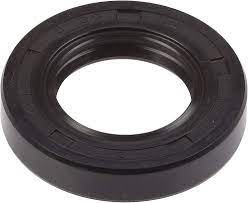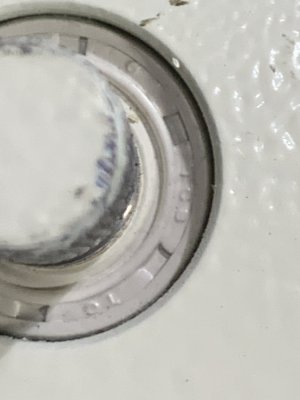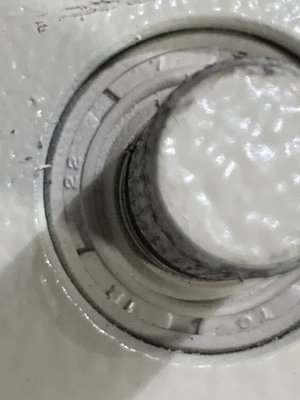- Joined
- Jun 5, 2023
- Messages
- 37
I have a Rong Fu RF-45 with an oil leak in the head. Traced the slow leak I have back to the 3 speed gear lever. Oil seems to be seeping out past a rubber part that surrounds the speed lever shaft. Unfortunately the entire speed lever assembly seems to be missing from the parts diagram in the machine manual. The only thing listed is the handle for the lever. You can see part of the lever shaft in some of the breakdowns of the head but there are no diagrams or lists of parts. Even the page which breaks down the gear train internally does not show how the levers interact. I can see the shaft coming out of a hole in the head and a flexible washer/grommet/something surround it. I am very hesitant to try disassembling the parts for fear of making the problem worse and I figure I would need to fully open and disassemble part of the gear mechanism to get access to everything.
Questions are does anyone know what exactly this rubber part is or have a parts diagram maybe from another manufacturer that shows these parts? I will try to post a picture when I get back home today but its not very informative looking at it because whatever there was painted over.
Questions are does anyone know what exactly this rubber part is or have a parts diagram maybe from another manufacturer that shows these parts? I will try to post a picture when I get back home today but its not very informative looking at it because whatever there was painted over.




